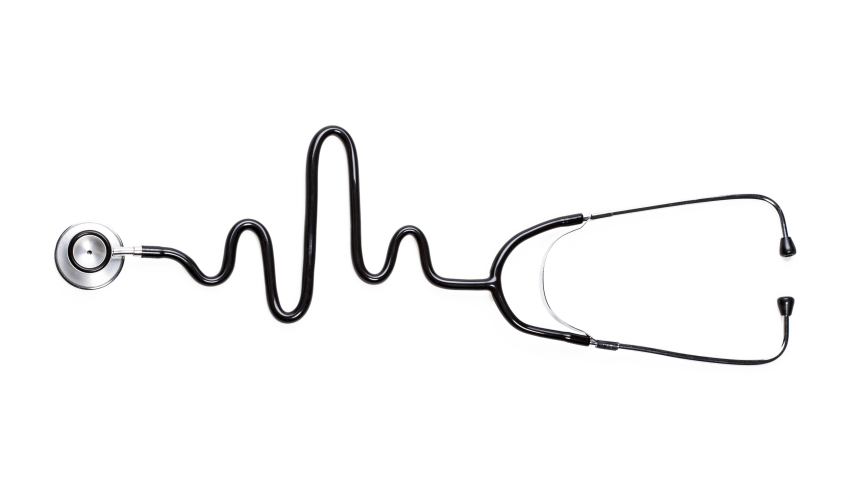
The State of Health of Italian Health Care
ITALY IS RANKED FOURTH IN THE WORLD FOR ITS HEALTH CARE SYSTEM, BUT THERE ARE PRIORITIES THAT SHOULD CONCERN ITALIAN POLICYMAKERS: STRONGER DECENTRALIZATION, THE TRANSFER OF CLINICAL KNOWLEDGE TO THE SOUTH, AND THE GENERATIONAL RENEWAL OF HEALTH PERSONNELby Francesco Longo and Alberto Ricci, Dept. of Social and Political Sciences, Bocconi
Translated by Alex Foti
In a period in which, wrongly or rightly, the Italian economy is being watched by international agencies and financial markets, the health sector maintains its role as an element of stability, earning international appreciation. In September, Bloomberg released the annual edition of the Health Efficiency Score, the world ranking that compares national health care systems in terms of efficiency: the Italian health system is ranked fourth in the world, climbing two positions with respect to the previous year. On the medal podium, there are Hong Kong, Singapore and Spain. The Bloomberg ranking of health care systems is based on a composite index that takes into account three parameters: life expectancy at birth, per capita health expenditure, and health spending as a percentage of GDP.
Italy is actually at the top for life expectancy, if we consider developed countries. The Bloomberg ranking, which uses 2015 data, puts Italian life expectancy at 82.5 years, a figure lower than Spain (82.8), but higher than France (82.3), the United Kingdom (81), Germany (80.6) and the United States (78.7). Average life expectancy further grew in Italay in 2016 (to 82.8 years), reflecting the decrease in deaths due to non-transferable diseases, which fell by 26% in 15 years.
However, these data should be read with care with respect to two issues. The first is that health levels of the population do not only depend of the quality of the health care system; some epidemiological risk factors, such as childhood obesity, could be on the increase and generate a deferred health impact over time. The second issue is the age-old question of the development gap between Italian regions. A person can expect to live in good health for 60.6 years in the North of the country, but only 56.6 in the South: almost four years of difference.
With reference to data on health spending, Italy, as of 2015, spends less than international counterparts, both per capita ($2,700) and as a percentage of GDP (9%). For the sake of comparison, per capita health expenditure is $4,026 in France and $4,952 in Germany, which translate into 11.1% and 11.2% of GDP, respectively. Moreover, Italian public health spending, which corresponds to three quarters of total spending, grew on average just 0.8% annually between 2010 and 2017 (OASI Report figures): a growth rate close to that of nominal GDP (1%), and in any case lower than annual average inflation (1.3%), as well as than the increases in other areas of government expenditure, such as pensions (1.4%) and welfare benefits (+ 5%).
Ultimately, health spending does not currently pose a danger to the sustainability of Italian public finances. This does not mean that there are no pockets of inefficiency in the country’s health system. However, it seems unrealistic to obtain further increases in efficiency by means of spending reviews done at the national level, without at the same time reducing coverage of health needs expressed by the population. It should be noted that, as real health expenditure (i.e. net of inflation) decreased slightly in Italy between 2010 and 2017, this occurred in the context of the number of people over 65 increasing by 1.3 million (+10.8%). Already today, while the cost of hospitalization is in 96% of cases covered by the Italian National Health Service, the fees of residential facilities for the elderly (nursing homes) are totally shouldered by families in 34% of cases, for a monthly expense ranging between 2,000 and 3,000 euros; and in most other cases, families still have pay hundreds of euros per month to partially cover accommodation expenses.
In this scenario, what should be the priorities for policymakers? It is certainly necessary to focus health policy efforts on the transfer of clinical and managerial knowledge towards the Mezzogiorno (South). At the national level, it is good to continue with the dynamics of remodulating the supply of health care in the name of appropriateness, but this must be done according to a more decentralizing logic, in which regional health managers can recover their space of autonomy and strategic decision-making. It is good to reinvest the savings obtained in these years, as well as the future ones, in the introduction of more cost-effective technologies; in addition to this, it is vital to renew the ranks of medical personnel, looking for the best mix of skills in relation to the epidemiological profile of the population, increasingly characterized by chronicity and disability.
Finally, and more generally, it would be advisable to think about finding resources to organize services for the care of the elderly who are not self-sufficient. Such a service, even if it does not cover partly or wholly the cost of long-term care, should at least provide useful orientation to patients and their families.
